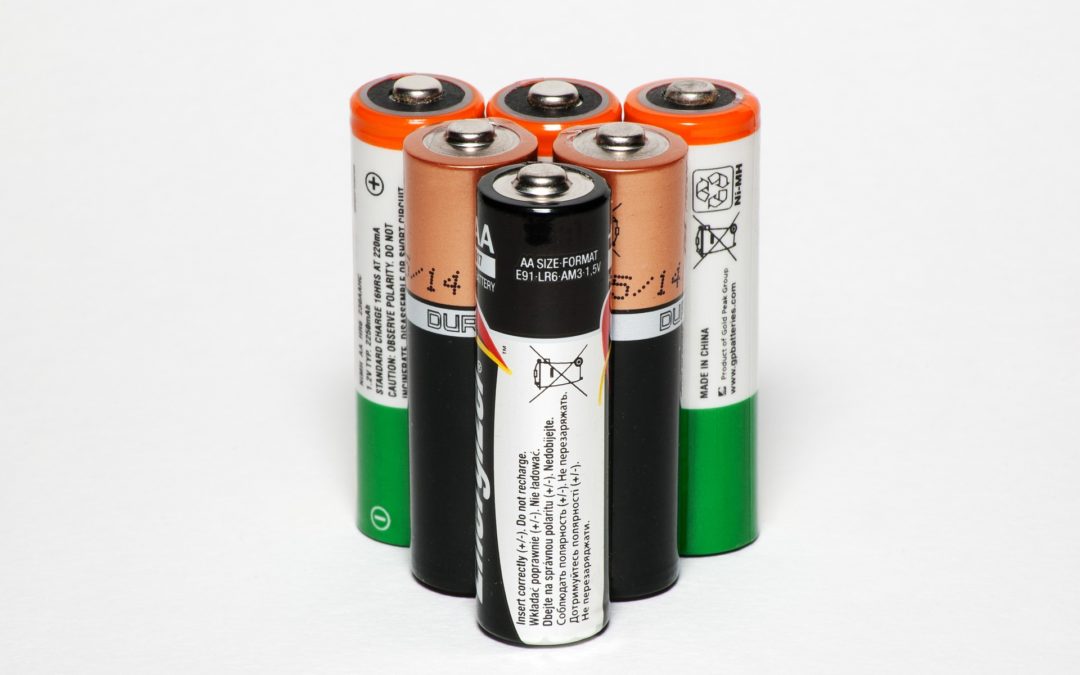Battery scientists have always lusted for a way to use sulfur as the cathode in lithium-ion batteries because sulfur can donate up to 8 electrons per atom—and it is really cheap and abundant. It is largely a waste by-product today. To date, the use of sulfur has been limited because over time it forms crystals that degrade it quickly, resulting in a life of only 1000-cycles. The only known way to avoid the crystallization has been to operate at high temperatures (>200F). As a result, these long-life batteries with their heating systems are big, heavy, and suitable only for stationary sites.
All of that may be about to change, according to a recent article. Scientists at Drexel University discovered a new phase of sulfur by accident that prevents crystallization at room temperature. That could be a game-changer in many ways. Lithium-sulfur batteries do not need cobalt, or manganese, or titanium. They would be lightweight, have long lives, and high energy density if they use this new phase material. It would open the door to EV battery packs with thousands of miles of range that would recharge at rates comparable to today’s lithium-ion batteries. They would enable long-distance electric airplanes and trucks, with little range worry. Even cargo and passenger ships could go full-electric.
The Drexel team, however, have not yet figured out what is actually happening to create this new phase or how to make sure it stays that way. But it is a very exciting prospect.
It is doubly exciting because the same researchers were working on ways to make a sodium-sulfur battery, eliminating the need for expensive lithium altogether. If that works, and it may take more than a decade to find out, then the whole landscape for electric vehicles of all types would change dramatically.
There, of course, is no guarantee all this will come to pass. But it is one of dozens of routes that lead to batteries with remarkably better performance and lower cost. If you are looking at a product that would compete with batteries, you would be well-advised to consider where battery technology could be by the time your innovation could be ready to market. It will be a rapidly changing target.

ABOUT THE AUTHOR
Gary Simon is the Chair of CleanStart’s Board. A seasoned energy executive and entrepreneur with 45 years of experience in business, government, and non-profits.
CleanStart Sponsors
Weintraub | Tobin, BlueTech Valley, Revrnt,
Moss Adams, PowerSoft.biz, Greenberg Traurig


